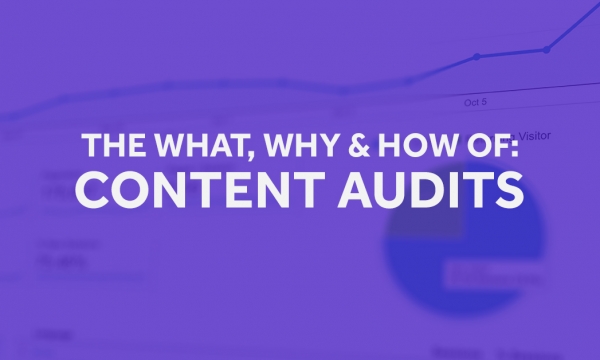After a difficult period for the platform, YouTube has announced a host of new features and tools that it hopes will attract brands back to the platform.
As brands left YouTube’s ad platform following concerns over their ads appearing alongside extremist content, the video hosting site last week announced a host of initiatives that it believes will win-over big brands. But what do YouTube’s new plans mean – and how do they stack up?
More personalisation

One of the key selling-points that YouTube is looking to push is greater personalisation, and there are two features that should help advertisers achieve just that.
The first is one called “Director Mix”, which should make it easier for brands to create multiple pieces of creative content, that can be personalised to a particular consumer or the content they are watching. It means that users will receive a different narrative based on their interests or search history, without brands having to upload multiple variations of the creative to cover every possible scenario. Instead, they will simply upload multiple aspects of an ad (such as different footage and voice overs), with the software piecing them together into the most appropriate narrative.
The second tool enables video ad sequencing, so a brand can show a viewer three different ads in a particular order, and to build a story over time. It will also allow advertisers to increase the frequency they might see a brand, without “annoying people” with the same creative over and over again.
Custom Affinity Audiences

Custom Affinity Audiences are designed to use “intent signals” to deliver the most relevant ads to a user based on particular user actions.
In essence, it will take data from search or app downloads to deliver ads relevant to that user’s interest, and it will deliver different variations of that ad based on the user’s perceived intent. A tentative search may deliver a more brand-focused ad, whereas a much more transactional search may deliver a stronger call to action.
YouTube claims that this approach in tests drove 20% higher ad recall and 50% higher brand awareness.
Better measurement

Measurement will be improved, in YouTube’s opinion, with the introduction of Nielsen MPA (matched panel analysis). The idea is that this model will help advertisers to understand the intention of their audiences much more than before, and that should help them to get a better understanding of the effectiveness of their ads.
But what about brand protection?

YouTube’s problems with brand protection are still fresh in the memory, and a number of brands have remained well away from the platform after seeing their brands associated with rather unsavoury content.
Speaking at Advertising Week New York, Tara Walpert Levy, vice president of agency and media solutions at Google, admitted that there was a lot of work to do in that regard, but felt that YouTube was very much leading the fight.
“The question of how you ensure every brand is on exactly the content that they want to be on is a continuous process, because every brand has a different version of that and the amount of content out there is more than ever before,” she said.
“We’ve made huge progress and had great feedback on that progress but we know there’s a lot more room to go.”


